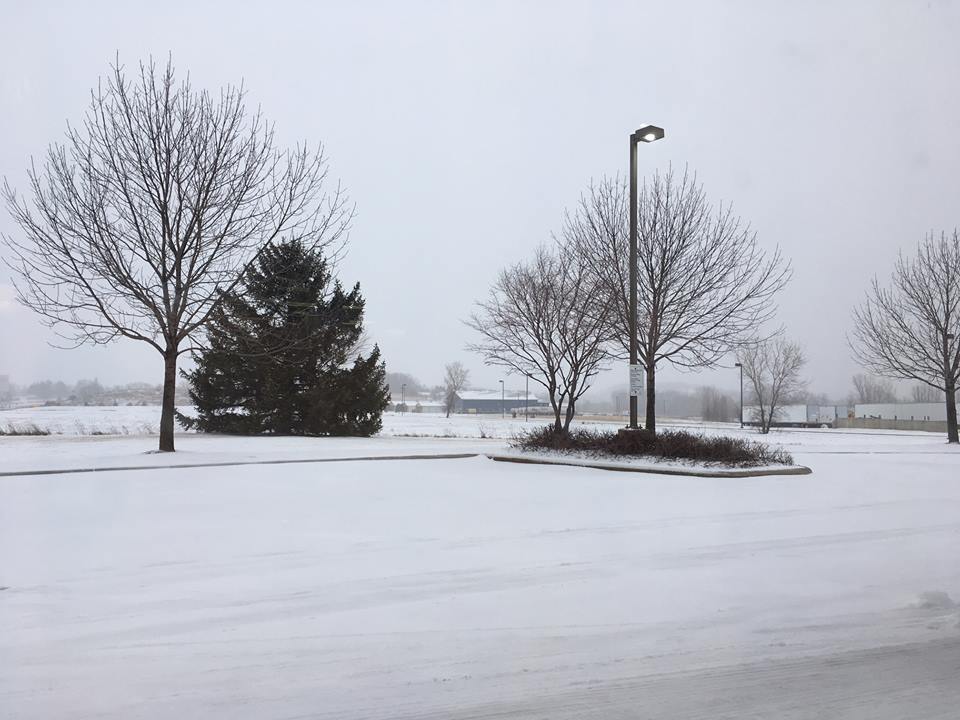

This post is inspired by a “blogette” sent out by Dr. Howard Suber, founder of the UCLA Producers Program, to his UCLA class on film structure. I’ve been fortunate to receive these posts as his former teaching assistant and long time admirer.
Dr. Suber is the man from whom I have learned nearly everything I know about film. His recent post also considers a topic of discussion that has been on-going at the workshop in Schloss Elmau. Here is a very brief excerpt.
In Monday’s discussion of Citizen Kane, I’ll be talking about what I call “The Reality Fallacy.” Those of you who have had Film Structure before know that one of my foundation principles is that, for most people, the function of film and television is not to provide a reflection of the world, but to provide a compensation for it.
Life is chaotic, messy, confusing and confounding. Audiences don’t go to movies to see the difficult, harsh and often terrible tribulations of life. They get enough of that in their own day-to-day existence.
Audiences go to movies to help make sense of life. They go to movies looking for what it all means. The most successful movies provide some kind of deeper meaning, lesson or glimpse of the triumph of the human spirit. This doesn’t mean audiences want a “Hollywood happy ending,” It means that they want an ending that has consequence and is transformative on some level. They want an ending that is emotionally satisfying because it has been earned.
The best movies do this by creating rich, deep relationships between the characters. Dr. Suber also teaches that there are no interesting characters per se– there are only interesting character relationships. It is in their relationships that characters truly come alive, are forced to make hard choices and discover where their values truly lie.
Dr. Suber has written a wonderful book, The Power of Film, that should be required reading for any one who is serious about pursuing a career in television or movies.





No comment yet, add your voice below!